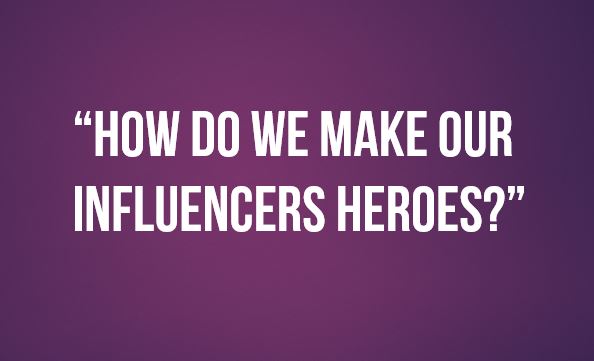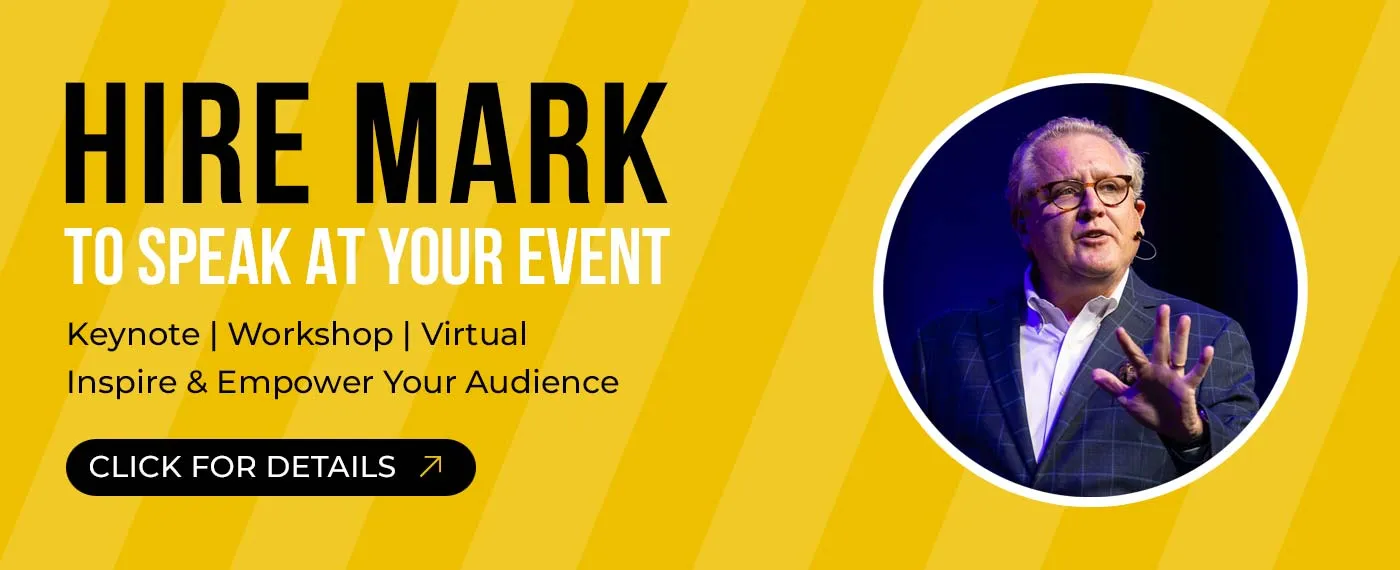
Possibly no trend has captured the attention of marketers more than the opportunity to tap into the emerging group of Citizen Influencers. Propelled by their content and legions of loyal fans, true product advocates are seen as an extremely powerful force for any online marketing mix these days.
It has also been the scene of some ugly abuses, desperate pitches, and a frenzied level of start-up activity trying to capitalize on the trend.
 The field seems to have gained some legitimacy — and maybe some early signs of maturity — when Lithium bought Klout earlier this year for $200 million. This week, another start-up in the brand advocacy space, Branderati, was acquired by social media marketing/analytics company Sprinklr.
The field seems to have gained some legitimacy — and maybe some early signs of maturity — when Lithium bought Klout earlier this year for $200 million. This week, another start-up in the brand advocacy space, Branderati, was acquired by social media marketing/analytics company Sprinklr.
Branderati’s CMO Ekaterina Walter was kind enough to provide a State of the Union assessment on influence marketing for our {grow} community:
Schaefer: So you have spent the last year in the trenches of influence marketing and lived to tell about it! What has changed the most in this field over the past 12 months?
Walter: When I started with Branderati, we knew we had a lot to prove; not only about our platform and our unique point of view, but about advocacy marketing as a whole.
Over the past year, we have witnessed a much wider acceptance of the power of advocacy marketing to drive real results. The conversation has changed. We spend far less time talking about how much we need to pay influencers to write content for us and how many followers they have, and spend more energy on identifying the true advocate influencers who truly believed in the power of a brand and wanted to engage with it.
Even industry investments have changed. For last several years we have seen VCs validating the future of advocacy marketing with major investments. With the Branderati acquisition we have witnessed the first transaction that says advocacy marketing isn’t just important, but it has a critical place at the table. Sprinklr has come out and told the marketplace that it is a critical component of the integrated social media stack.
Of course the big question is, how do you measure this stuff? What breakthroughs are occurring in the field of measurement and how will the new alliance with Sprinklr enable that?
The breakthroughs are occurring everywhere. We are dramatically reducing the cost of social sharing at scale. We are unlocking the keys to using advocate influencers to increase conversion rates in e-commerce. And we have so much upside in leveraging advocates to not only help us market products, but to give us the feedback and insight needed to develop and improve those products.
Examples? While many brands are experiencing less than 10% reach across their social platforms, with direct access to their advocate influencers, Branderati clients have experienced as high as 68.5% social sharing engagement. They also realized the cost of this authentic social sharing is about one-seventh of the cost of incremental social sharing driven through their traditional media campaigns.
Over the next 12 to 24 months you are going to see some really amazing case studies and analysis from Sprinklr showcasing the cost effectiveness of advocacy, the impact on e-commerce, and the power of leveraging advocates as market research partners.
Many of the top influencers are becoming jaded or even weary of the endless brand pitches. Some mommy bloggers have agents now. Even I get so many pitches that I rarely even open them any more. How does a company cut through that clutter to establish something meaningful with online influencers?
We have one question we ask ourselves and our clients that speaks directly to this issue. “How do we make our advocates and influencers heroes?”
What we are trying to get at is what can we do to support the people that help and love us to make them even more effective? How can we expose our bloggers to new audiences and help their careers? How can we give our top fans the social currency that will increase their influence? Like any relationship, it’s an economy of fair exchange.
Branderati technology and expertise brings several things to the equation. First, our screening technology captures API and self-reported data to align potential advocates with predefined profiles of ideal ambassadors. This capability is critical for any brand looking to create highly vetted advocacy networks at scale.
We have also created members-only programs that are highly targeted and personalized to each ambassador.
Third, from a measurement standpoint there are very specific types of tracking data we provide in order to track ambassadors’ true impact.
I’m tired of the arguments between PR and marketing about owning this influencer function. Where do you stand on it?
The question shouldn’t be marketing versus PR. It’s how can these two functions align in goals and infrastructure to manage the right people at the right time with the right content against a unified strategy. This is precisely the type of collaboration we will be trying to usher in as part of Sprinklr.
You moved from Intel to the start-up world rather seamlessly it appears to me! You worked hard to build a recognized and respected personal brand. How has that helped you at this point in your career?
It sure has been a wild ride. And a very satisfying one.
I don’t look at my personal brand as basis for my career opportunities. I rather look at it as a result of hard work that goes into painting the blank canvas, coming up with creative strategies, building the right relationships.
First you need to be passionate about something, then you need to be willing to spend time acquiring and sharpening your knowledge, then you execute on it, and then you should be willing to share your experience to help someone else do their job better (whether though writing, speaking, or mentoring). And only then can you build a brand people respect and appreciate. It’s not the other way around.
It doesn’t happen overnight. By helping people along the way in your career (either within the company or outside of it) you build a network of people who become the advocates of your vision, your knowledge, and your shared beliefs. It works the same way either you build a personal brand or a corporate one.


